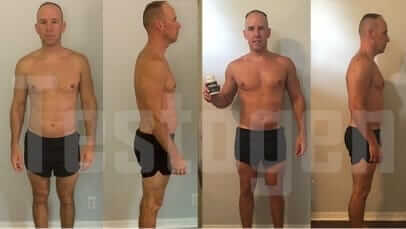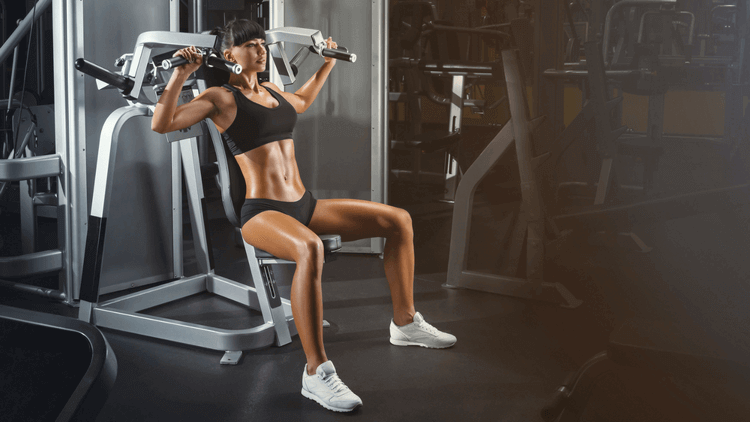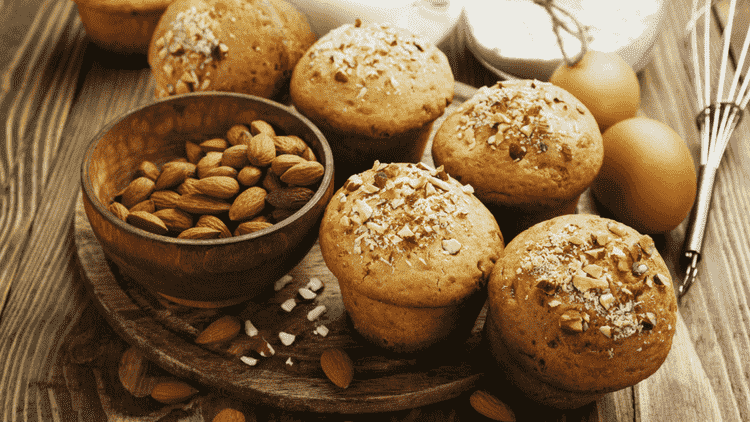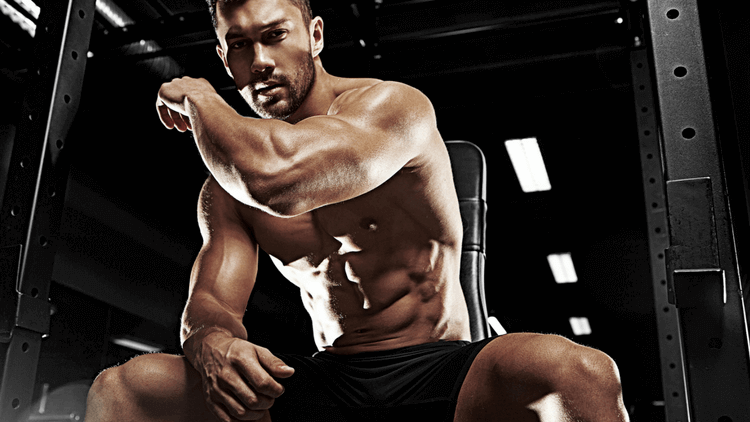You might love it, you might hate it, but there’s no workout quite like leg day. Leg day is tough, it’s hard, it’s sweaty, and its the training day that separates the serious from the amateur. Leg day is what you do to prove your mettle and to see just how hard you’re willing to push yourself. So if you’re ready to train hard and kick some ass, here’s the only leg day workout routine you need.
1. Squats
Without a doubt, squats are the number one leg exercise. They’ll help you build big, strong legs and they hit pretty much every lower body muscle.
For the purpose of this article, I’m going to be talking about high bar squats, a form of squatting where you have a reasonably vertical torso and the bar sits high up on your trapezius muscles or “traps” (hence “high bar”). The other common version is the low bar squat, in which the bar sits lower on the back and the torso is less vertical, but we won’t be talking about that today.
To perform a high bar squat you’ll need a barbell set up in a squat rack, ideally with pins set up at a reasonable height to help you fail safely if needed. You begin the movement by stepping underneath the bar with a tight upper back, placing the bar on your traps. With the bar now on your back, take two steps backwards out of the rack and take a deep breath, bracing your abs. From this position, descend by unlocking your knees and hips simultaneously, controlling the downwards movement. Descend until just below the point where your hips are level with your knees. At this point, it’s time to push forcefully against the ground to raise the bar back to its starting position.
Beginners
The squat is perfect for beginners; just make sure to start light and focus on learning good technique for the first few weeks. After you’ve got the technique down, it’s time to start increasing the weight at every session.
Intermediate
Squats are still a great choice, but it might take you a little longer to recover at this level!
Advanced
Squats are still an awesome choice, but progress will be harder and it might take weeks before you can add more weight. You might also need to experiment with some variations to address weak spots; for example, pause squats to address strength and stability at the bottom.
Top tip: For an average guy, 20−40 years old, weighing 75−95 kg, I wouldn’t consider you advanced until you’re at the 180−200+ kg mark.
2. Deadlifts
If squats are the king of leg exercises, then deadlifts are the queen. They’re especially good for targeting the hamstrings.
Just like squats, everyone can do them. You just need to choose an appropriate weight and pay attention to technique. Deadlifts often get a reputation of being “dangerous,” but that’s only because some idiots get injured trying to lift way too much and sacrificing their technique. As long as you keep your ego in check, you’ll be absolutely fine.
To perform the deadlift, I like to follow 5 simple steps.
1. Place your feet under the barbell so that the barbell is over your mid-foot.
2. Place your hands on the barbell (without moving it).
3. Bring your shins to the bar (not bar to shins!).
4. Squeeze your chest/tighten your lats.
5. Push against the floor and drag the barbell up your body.
Top tip for beginners
Sometimes it can be hard to learn how to flex (or hinge) at the hip. If you’re struggling with this idea, it can be useful to start with a deadlift variation known as a Romanian Deadlift (RDL for short). In this variation, the bar never goes all the way down to the floor; instead, you focus on sending your butt backwards and creating tension in your hamstrings. When you can’t go down any further, you squeeze your hamstrings and glutes (butt) to stand back up straight.
3. Lunges
Lunges are a great exercise choice because they work the quads, hamstrings, and glutes. They’re one of my personal favorites for preventing imbalances and getting some great hypertrophy (muscle-building) training in.
For beginners, lunges are best done with either your own bodyweight or some moderately heavy dumbbells. You can perform them either on the spot or while walking forwards.
For intermediate and advanced level lifters, most dumbbells won’t be enough of a challenge, so you’ll have to start using a barbell on your back. I usually perform the exercise on the spot in a squat rack.
4. Hamstring curls (seated or lying)
The last exercise in your workout is hamstring curls, which can be performed either on the seated hamstring curl machine or the lying hamstring curl machine. Both machines work by fixing your body and upper legs in place so that you can focus on contracting your lower legs.
These are one of my favorite assisted leg exercises for developing size and strength in the hamstrings. Plus, since most people tend to get quite quad-dominant (which can lead to knee injuries), curls are a great way to keep your leg muscles balanced.
This exercise stays exactly the same for beginner, intermediate, and advanced lifters. The main difference is that more experienced lifters will use more weight and probably do more sets.
Putting everything together
This is what I recommend your workout should look like:
Start with a 5−10-minute warm-up in which you get your body temperature up and mobilize your hips, knees, and ankles.
1. Squats: 3 sets of 5 reps. Heavy, with plenty of rest between sets.
2. Deadlifts: Build up to 1 heavy set of 5 reps.
3. Lunges: 3 to 5 sets of 8 to 12 reps. 1 to 2 minutes’ rest between sets.
4. Hamstring curls: 3 to 5 sets of 8 to 12 reps. 1 to 2 minutes’ rest between sets.
Ready to prove your mettle?
If you’re ready to challenge yourself and start building a pair of big, strong legs, then get started with this workout as soon as possible; it’s simple, but it’s insanely effective. Try to increase the weight a little bit each week and make sure you get plenty of recovery in the form of sleep and food. Good luck!
Which exercise is your favorite?






